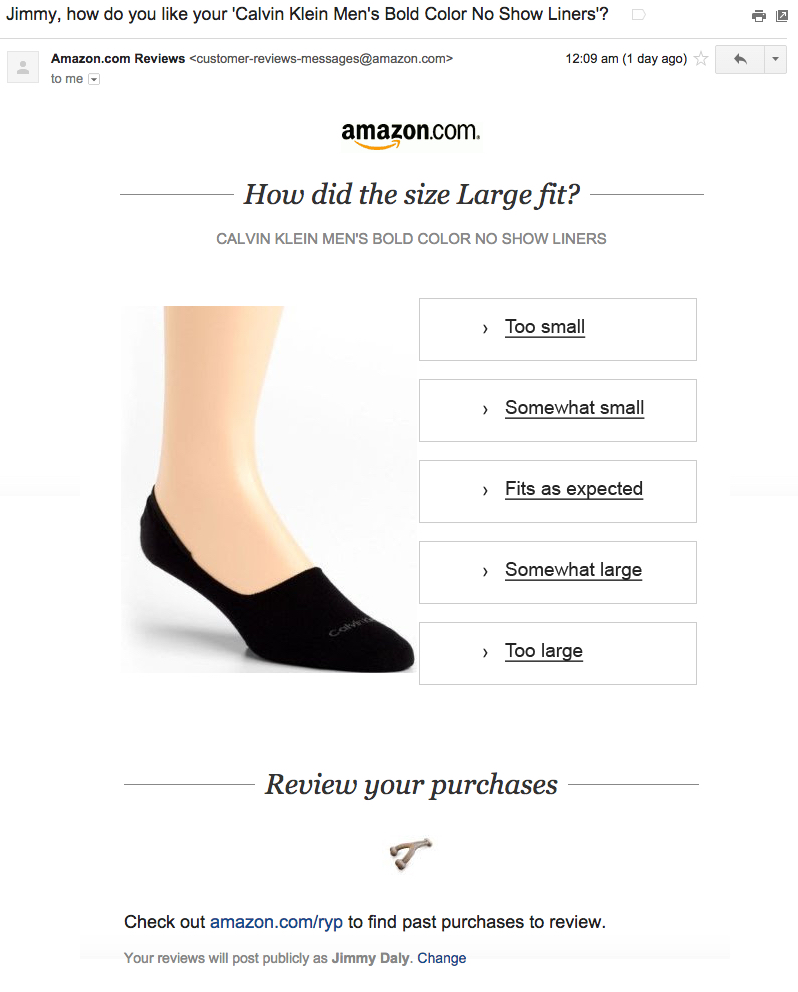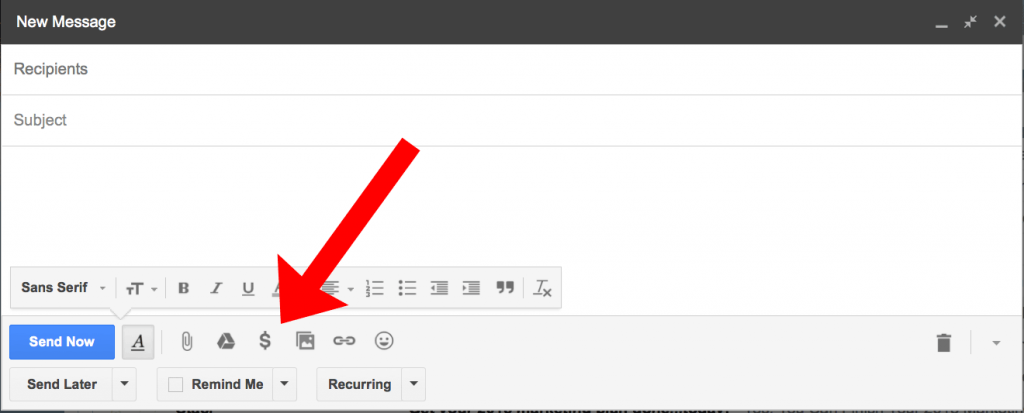Editor’s Note: This article was originally published by Web Marketing Today. Practical Ecommerce acquired Web Marketing Today in 2012. In 2016, we merged the two sites, leaving Practical Ecommerce as the successor.
Email marketing has a reputation for being dull. When someone says “innovation” we’re more likely to think social media or mobile or video. Not email.
But email marketing is evolving, and evolving fast. In just the last year or two there are several advances that can take any “dull” email message and make it cutting edge.
Before I dive in, one word of caution. While these are super-cool technologies that can get excellent results, don’t use them just to try a new trick. These innovations work best when they support the content and goals of your emails. In other words, don’t try these tricks just for the sake of adding bells and whistles. Use them only when they support the content of your message or when they add punch to your call to action.
Now that you’ve heard the warning, here are the five most interesting email-marketing innovations from 2014. Add them to your marketing in 2015 and beyond.
1. Email Personalization and Dynamic Content
According to Econsultancy and Adestra’s 2014 Email Marketing Industry Census report, 78 percent of marketers surveyed believe the biggest area of innovation in email over the next five years will be in personalization.
The kind of personalization techniques these marketers are referring to go beyond just inserting a first name into a subject line. The real opportunities for personalization are in what’s called “dynamic content.” It’s the ability to serve of up email content based on all sorts of subscriber information. Here are just a few examples of what dynamic content can do.
- Using zip code information, show weather reports, sports updates or brick-and-mortar store highlights.
- From purchase behavior, show other products the subscriber might like, or showcase sale items.
- From click behavior, customize news or content based on a subscriber’s past click behavior.
There are almost no limits to what marketers can do with dynamic content, but they generally break the options down into three buckets: (a) information the subscriber has given the marketer, (b) information the marketer can get about the subscriber and (c) information related to when the email is opened or what device it is opened on.
Personalization and dynamic content are two sides of the same coin, but their approach is new enough that different tribes of the email marketing industry use conflicting terminology. You can see this clearly in the chart below, which is from Forrester Research’s Q2 2014 Global Email Marketing Customer Reference Survey.

Forrester Research’s Q2 2014 Global Email Marketing Customer Reference Survey asked marketers which email innovations they have used.
This chart lists the major email marketing innovations and shows how long marketers have been practicing them. If you look carefully, you’ll see three different innovations that are basically different flavors of personalization: “Personalization,” “Dynamic Content,” and “Open time personalization.”
The chart shows what you probably already know about basic personalization: Most marketers have been using it for a while. There are very different readings with Dynamic content, which 37 percent of marketers want to use but have not yet implemented, and Open time personalization, which 61 percent of marketers have not yet used but want to implement. The key takeaway here: In 2015, expect to see some more dynamic content, but much more “open time personalization.”
2. Embedded Reviews and Ratings
Surveys in emails have been around for years. These embedded requests for reviews and feedback take old-style surveys a step further.

This email from Amazon asked a customer to review a purchased within the email. Source: Vero Email Marketing Resources.
We’re basically looking at a hybrid of personalization blended with an interactive email. This is an ideal way to get feedback about products and information. It’s also a good way to tease more information out of new subscribers.
3. Triggered Emails
These are automated emails sent according to rules a marketer sets up. A simple triggered email could be sent just after someone downloads a report. A more complex triggered email would be a cart abandonment email that shows which products the customer added to the cart. Triggered emails make up three categories from the Forrester innovations graph: “Triggers,” “Triggered transactional email,” and “Microsegment targeting.”
There are dozens of cues that can trigger an automated email. But you don’t have to keep them to a “one action taken, one email sent” model. By setting up what’s called a “triggered email workflow,” it’s possible to pass a subscriber from one email list to another based on which links are clicked in an email. That means you can slice and dice your subscriber base according to how they respond to your emails.
This automated segmenting of subscribers based on their behavior is “microsegment targeting.” Microsegment targeting is several times more sophisticated than just sending a different email message to people who haven’t responded in awhile. It means you can send a customized email to anyone who’s clicked on a given link in your emails. Add a little help from an autoresponder and you can send a series of follow-up emails to those people as well. And it can all be automated.
4. Text-to-join
Texting is widespread. Text-to-join is a way to add people to your email list via texting.
Here’s how it works. You ask prospective subscribers to text a word like “Signup” to a five-digit number, like 12345. The text-to-join system then sends a reply message asking for the person’s email address. The person replies to that text with his email address. Then he gets a message back urging him to check hi inbox for the confirmation email. It looks like this.

Many email service providers offer text-to-join for free.
Many email service providers, like MailChimp and Constant Contact, offer text-to-join for free. If your email service provider doesn’t offer it, check out JoinByText.com, Trumpia.com, or CallLoop.com. All of them offer text-to-join and integrate with most of the major email service providers.
5. Payments in Emails: ‘In-email Transactions’
This last innovation has been around for a while, but it too is evolving rapidly, and has the potential to explode. The ability to let people place and complete an order from within an email could mean billions for retailers.
Earlier this year, Google quietly added the ability to send money in an email via Google Wallet. The icon for this is next to the attachment icon in the bottom of every email in Gmail.

Google added the ability to send money in an email via Google Wallet.
Click the dollar sign, and you’ll see a pop-up. Then you can specify whether you are requesting or sending funds, the source of the funds, and more.
That’s just one approach for adding commerce to emails. Other companies like @Pay offer “email checkout,” which lets people pay or make donations from within an email. This is basically an email-enabled way to make a mobile payment.
Retailers could see a massive increase in sales if in-email transactions reduced the checkout process down to two or three clicks. Pair an in-email transaction with dynamic content, delivered via a triggered email, and we have liftoff. We’ll all look back at the static email blasts of 2000 as if they were sent by Pony Express.


